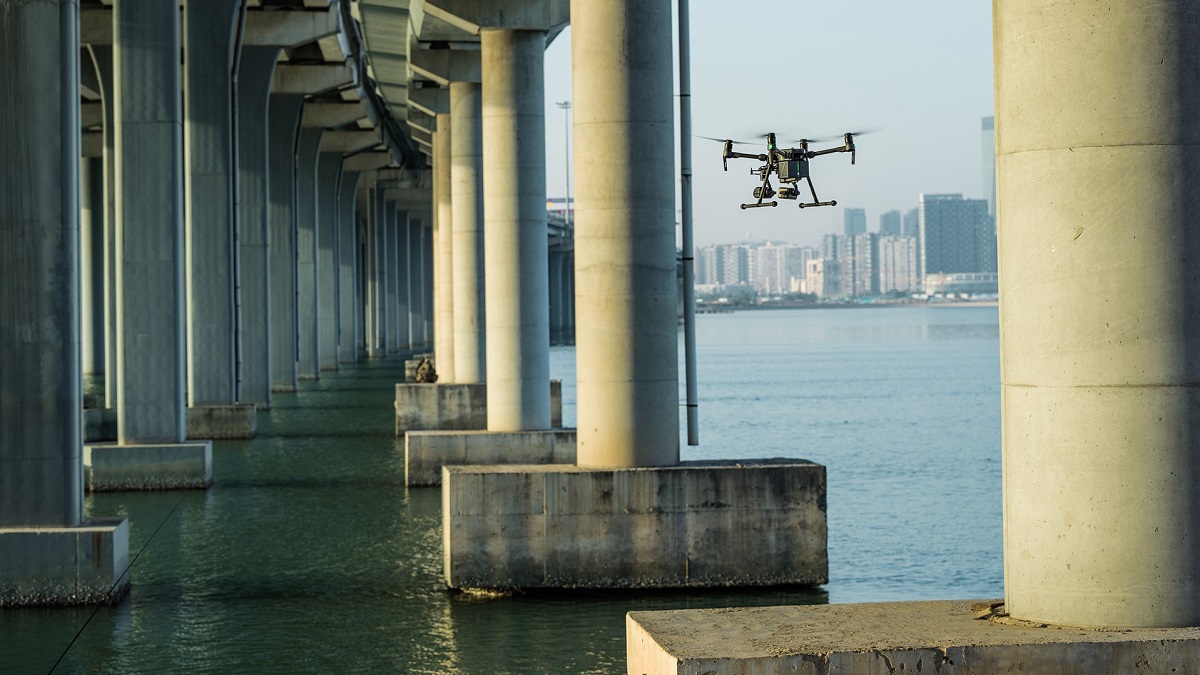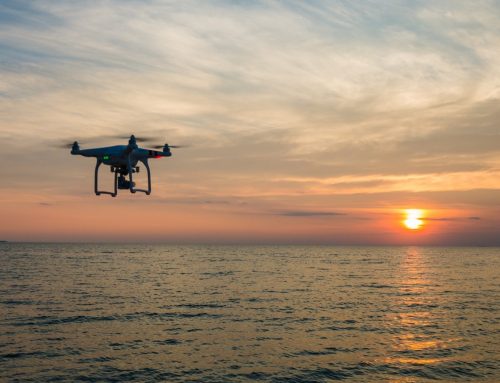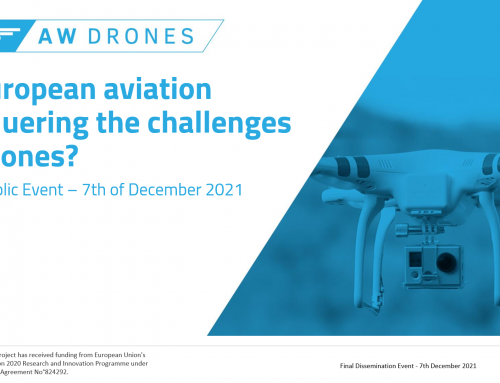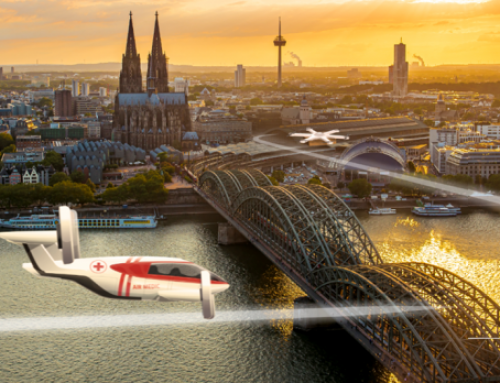Last week, the European Union Aviation Safety Agency (EASA) has published the first view worldwide on the use and control of drones in an urban environment.
Integrating drones into urban environments is challenging. That’s because ground traffic, other types of air traffic, and also people already densely use these areas. Therefore, concern about noise, privacy and the possibility of low-level flights causing accidental injury arise. The term “U-space” describes the management of unmanned aircraft traffic ensuring safe interactions with other entities using the same space. That is true for any location, not just urban areas.
Patrick Ky, Executive Director of EASA, explained that the opinion proposes a regulatory framework that will allow services such as drone deliveries or air taxis to co-exist with all the other activities in urban environments. The U-space regulatory framework should permit safe aircraft operations for all types of unmanned operations. The aim is to create the basis for a competitive U-space services market while at the same time also ensuring safe operations, environmental protection, security and privacy.
Establishing U-space in Europe
EASA presented the opinion to the European Commission as a basis for future legislation. In this sense, it lays down the first building block for the establishment of the U-space in Europe. The initial scope is low level airspace, densely-populated urban airspace and locations close to airports. EASA expects to expand the scope to cover the airspace in other areas as the market develops.
Together with the opinion, EASA published a first set of draft supporting materials. Acceptable means of compliance and guidance material will help drone operators and EU member states comply with the new rules. EASA will publish the final AMC & GM once the European Commission has adopted the regulation and completed the necessary stakeholders consultation.
Click here to download the opinion and the related supporting materials.



